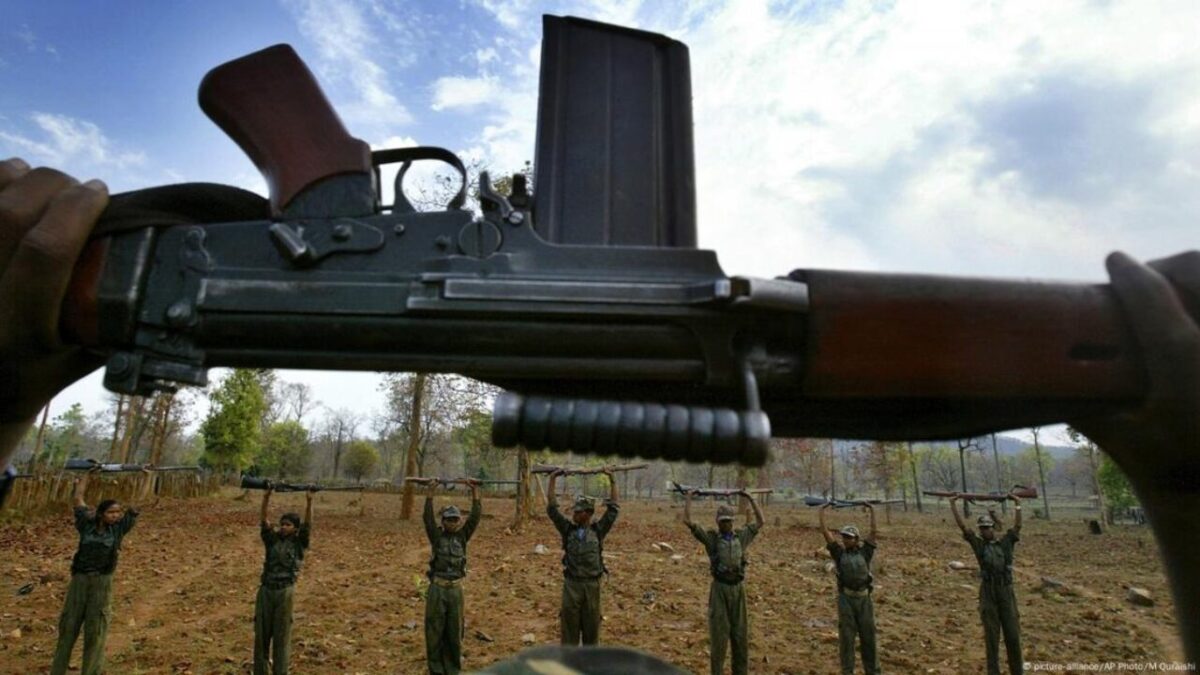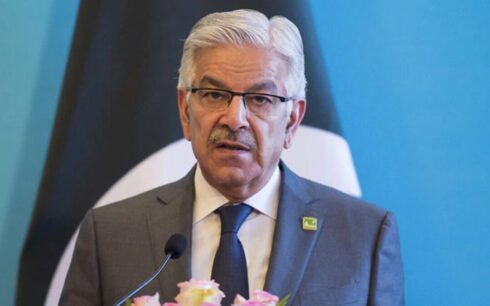At least 31 suspected Maoist rebels and two police officers were killed on Sunday in a clash in central India, in what authorities described as the deadliest encounter so far this year.
Hundreds of police officers and paramilitary soldiers launched an operation in the dense forests of the Indravati area in Chhattisgarh state after receiving intelligence that a large number of rebels had gathered there, said Pattilingam Sundarraj, the state police inspector general.
As security forces conducted a search operation, an intense gunbattle erupted, leaving at least 31 insurgents and two officers dead, Mr. Sundarraj said. Two other officers were wounded. Troops recovered automatic rifles and other weapons from the site, and search operations were continuing, he added.
There was no immediate statement from the rebels.
Sunday’s clash was the most violent so far this year and the second major confrontation in less than a month in Chhattisgarh, according to Jitendra Yadav, a senior police officer.
On Jan. 23, security forces killed at least 16 rebels in Chhattisgarh’s Gariaband district. The government had offered bounties totaling about $345,000 for 12 of those killed, according to Indian officials. Eight more insurgents were killed in a gunbattle with troops in the state’s Bijapur district on Jan. 31.
The Maoist insurgents, also known as Naxalites, have waged a rebellion in parts of central and northern India since 1967, seeking greater rights and resources for the country’s poor indigenous communities. Inspired by the teachings of the Chinese revolutionary leader Mao Zedong, the rebels have drawn support from marginalized rural populations who have long faced government neglect, unemployment, and inadequate access to education and health care.
Chhattisgarh, one of India’s poorest states despite its vast mineral wealth, has been a center of the insurgency. The rebels, who often speak the same tribal languages as local villagers, have positioned themselves as champions of their cause.
Over the years, the insurgents have carried out ambushes on police convoys, destroyed government offices, and abducted officials. They have also attacked prisons to free captured comrades, sabotaged railway tracks, and raided police and paramilitary armories to bolster their arsenal.
The Indian government has deployed thousands of troops in an effort to quell the rebellion, which it considers one of the country’s biggest internal security threats.





